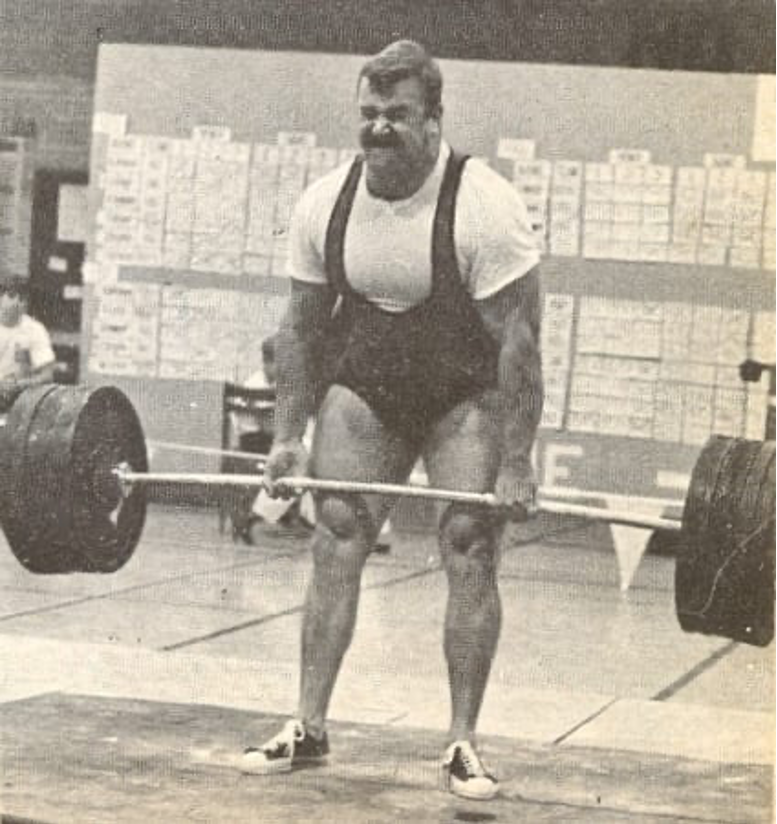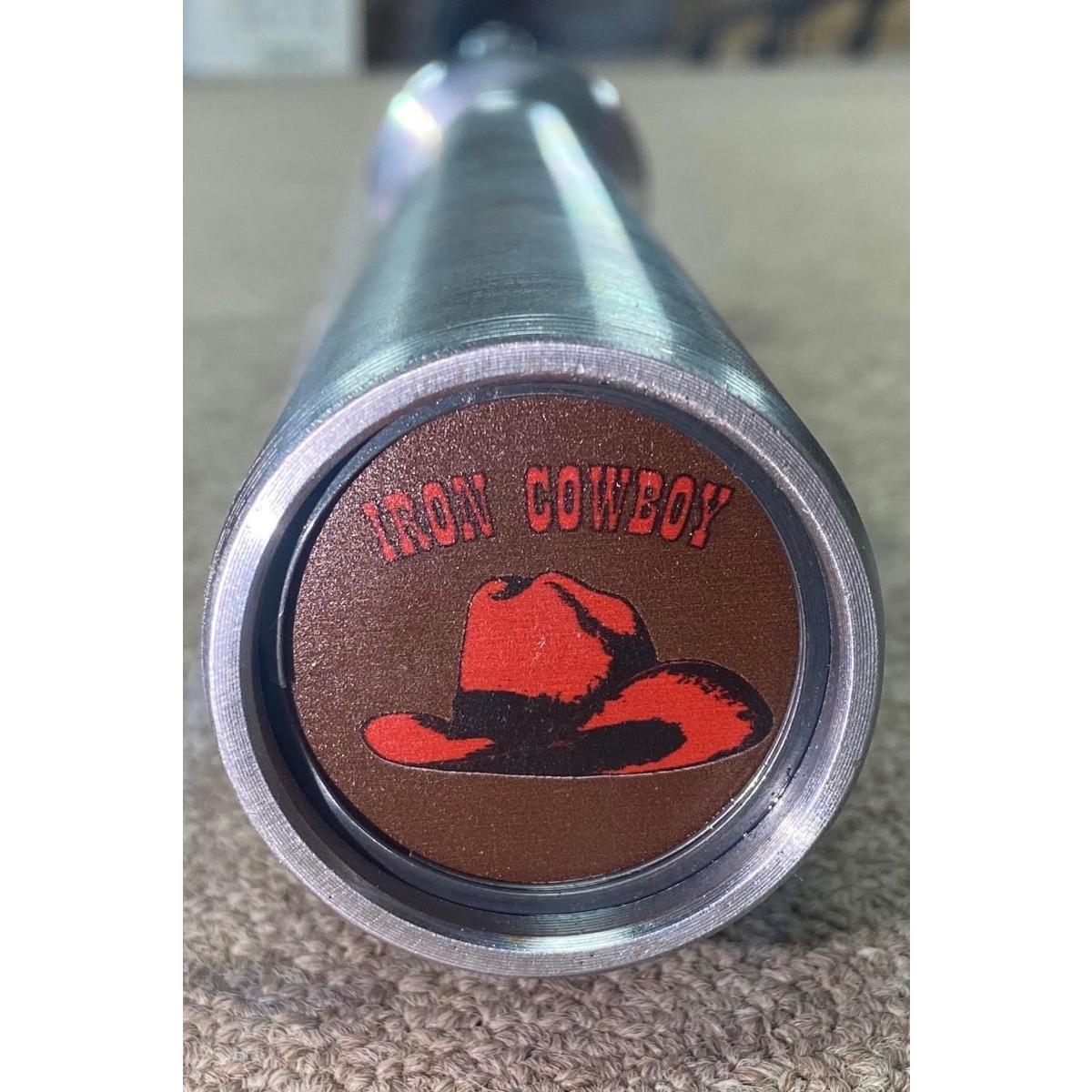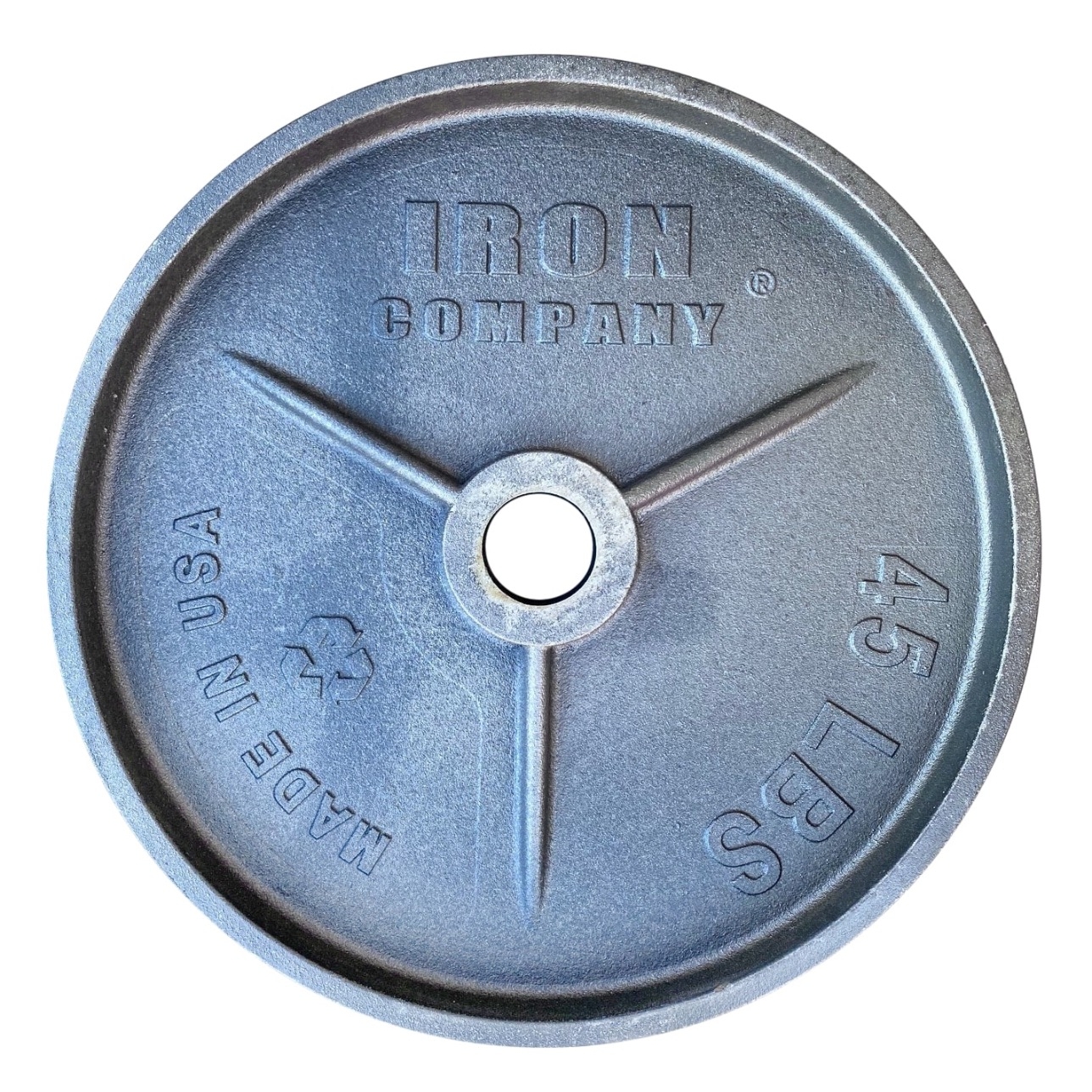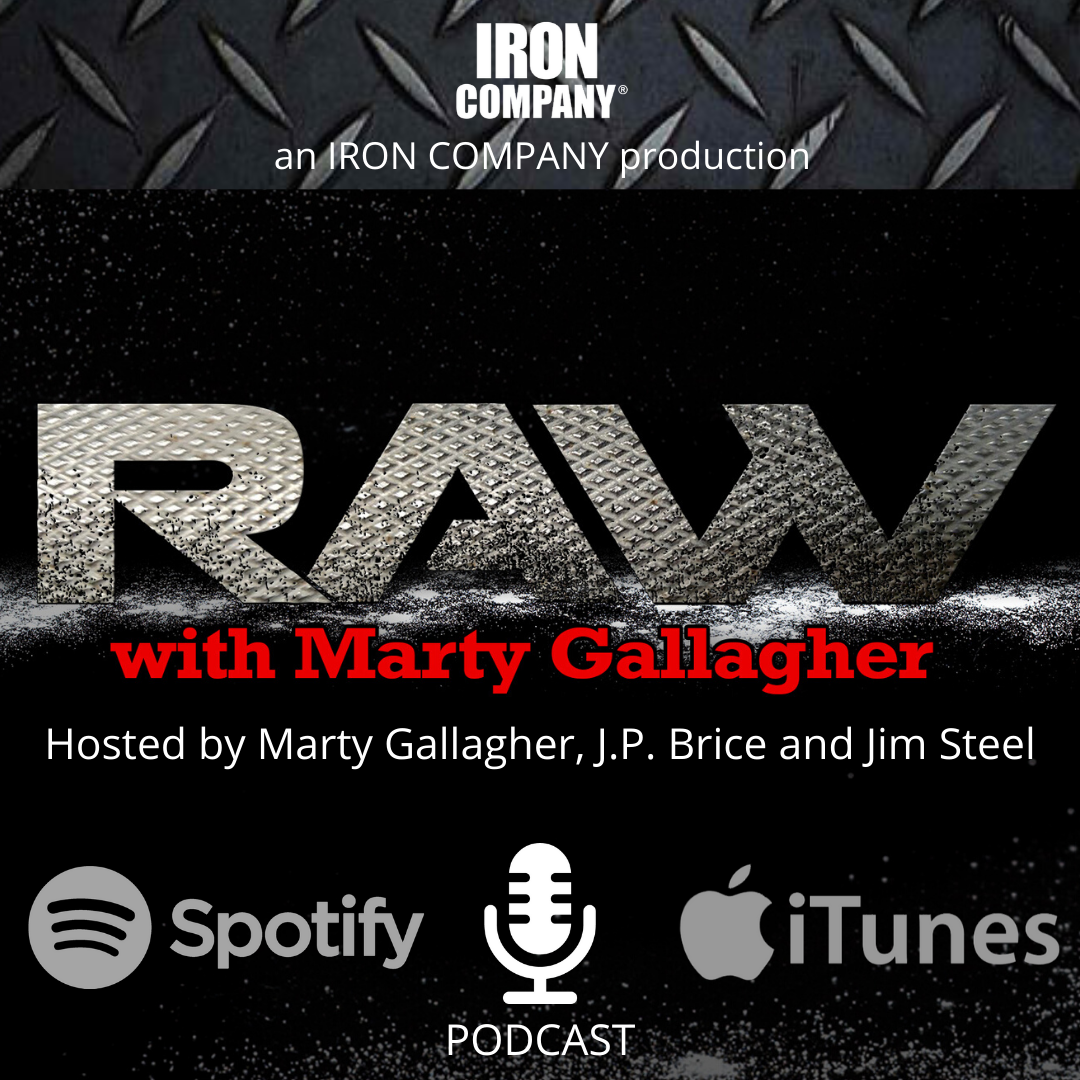
Weightlifting Program - Permission to Bail
“When the going gets tough, the tough quit.” (and live to fight another day)
My mentor national and world powerlifting champion Hugh “Huge” Cassidy (above) knew when to quit when a weightlifting program ceased yielding results.
One of the toughest lessons when immersed in a transformational weightlifting program is to learn is when a burst of progress is over and it's time to fall back, regroup and begin anew. In resistance training, progress comes in bursts and spurts. Igniting progress involves finding an (effective) approach that significantly differs from the current regimen that has run dry or never got traction to begin with.
One of my most valuable roles as a coach is knowing when to pull the plug on whatever strategy is being used. Alpha males take great and deserved pride in not quitting, not giving up; they persevere when lesser men quit. I seek to train this type, guys I must keep dialing back because of their fanaticism, guts, and pain tolerance. I step in when I see one of my alpha’s banging his head against a wall trying to squeeze more gains out of a program or strategy that has obviously (to me, the neutral observer) dried up.
When someone is completely new to a weightlifting program just about any program, routine or strategy will obtain dramatic results – for a virgin body for a short while. But we are only virgins once. The common mistake is to assign magical attributes to whatever lame-o routine the virgin stumbled upon to obtain those fabulous initial gains.
Because they do not know any better, because they have no one to step in, stop them, correct them, the trainee thinks, “I've got to stick with this approach, I know this weightlifting program works fantastically – look at the incredible gains I got – don’t tell me this routine doesn’t work because I know it works firsthand!” And work like magic it did – for the first six weeks.
The new trainee stays loyal way too long to the system he “knows for a fact” works. This man needs a guy like me to shatter his magical routine myth and set him up with a radically contrasting weightlifting program, one designed to shock his complacent body into growing muscle and/or melting body fat. As Picasso once said, “Periodically a man must be jerked out of his complacency (torpor.)” I am the man that does the jerking.
This past Sunday one of our new guys ran into a concrete wall in the deadlift. He was a progressive weightlifting virgin that somehow found his way to me. I got to fill the empty vessel properly and correctly and for the first six months his progress in all four of the major lifts we practice (squat, bench, deadlift, overhead press) was straight up: every week he was setting personal records in every lift.
He thought his rate of progress was magical and would never end, I kept whispering in his ear, “This too shall pass.” And sure enough, this past Sunday he plateaued in one of the four lifts: the deadlift. The other three will be plateauing at some point in the not-to-distant future.
For six months he had pushed his deadlift steady upward. He ended his first deadlift session with a technically acceptable 185-pounds for 3 reps. Two weeks ago, he deadlifted 315 for 3 reps, no weight belt, weightlifting straps, or supportive gear, this while exhibiting excellent technique.
Last Sunday he was having a terrific training session, having set personal records in the wide stance pause squat and the paused bench press. Yet could not break 315 from the floor for a single rep in the deadlift. He looked horrified and embarrassed. He could not lift 315 more than an inch off the floor – this with a poundage he had tripled in exemplary fashion the previous week.
After the deadlift stopped him dead in his tracks, he stood up and looked at me expectantly, it was if he wanted me to start screaming, ranting, telling him, Man Up! Grow a pair! Do it again sissy boy! He was totally confused when I said, “Sit down. You had a great run.”
He had run up the deadlift hill and planted the flag at his highwater mark: 315 x 3. Fantastic for someone brand new to a weightlifting program. BTW, he also has added 15-pounds of muscle, lost fat, and altered the slump-shouldered posture he showed up with on day one.
He was suicidal after missing the 315 badly in front of the 12 other lifters present and watching that day. Yet, to him I was surprisingly blasé. I think I blew his mind when I quoted my mentor Hugh Cassidy “When the going gets tough, the tough quit” – we run away and live to fight another day. This way we do not incur some catastrophic injury ripping, pulling, jerking, or pushing against a poundage that is past our capacity on this day and at this point in time.
It is typical and predicable that once new guy gets fully onboard with our weightlifting program, they start muscling-up and their lifts soar. Factually, that is backwards: their lifts soar and that causes them to muscle-up. The young guy brand new to weight training had expert coaching and was coachable, ergo he had a long uninterrupted rise in deadlifting, from 185 to 315 x 3, a great high water mark for a stone-cold rookie.
Time to go back down the hill, drop the poundage, increase the reps, and start the process all over. Regardless what mode or poundage we choose to jump in with to start the new “cycle,” the goal is to set personal records at every poundage bus stop. We will also make lighter poundage heavier using “intensity enhancers.”
He will drop his deadlift poundage back down to 255-pounds, 80% of 315, and start setting pondage PRs. The idea is to make that 255, way below his capacity, heavy as hell. That can be done by first and foremost, insisting on full and complete (or exaggerated) range-of-motion. 255 can be made way more difficult by having the lifter stand on a 100-pound weight plate laid flat on the floor. The lifter stands on the plate with a narrow stance, elevating the deadlifter 4-inches, thus making the start of the pull purposefully harder, way, way harder.
Each week I will ask, what is your previous personal best for this type and style of lift? ‘What is your rep record for 255 while standing on the hundred lb weight plate?” He will consult his phone training log and say, “My PR is 5-reps with 255 standing on the 100.” Okay, I say, let’s beat that today.” He might do 7-reps because he is bigger, stronger, and more experienced than when he first did the 255 x 5 four months ago.
Go back down the poundage hill. Now start exceeding previous best rep records with the week’s featured poundage. I have trainees continually look to better their own previous best efforts.
After peaking, drop the poundage – but make lighter weights heavier though the use of higher reps and ultra-strict techniques. Make use of “intensity enhancers,” such as drop sets, paused reps, slowed negative reps, partial reps, occasionally do some forced rep, use lifting straps to overload the back by extending the set….
“Making light weights heavy” is a training tactic used heavily at the start of a periodized strength cycle, regardless the lift. The Soviets called it “disadvantaging the lift.” Making a competitive lift more difficult in training makes it easier in competition. Then gradually, as the competition nears, ease the restrictions.
There are also weightlifting programs that start the lifter off “advantaged.” The “advantaged” lifter work backwards. One famous powerlifter wanted to deadlift 850-pounds at the National Championships. He began 16-weeks prior by deadlifting 850-pounds for 2-inches. He set the pins in the power rack to support 850-pounds 2-inches below his lock-out. He was an 800-pound deadlifter to start with and got five strong reps with 850-pounds wearing straps.
Each successive week for 16 straight weeks, our superheavyweight dropped the 850-pounds 2-inches and repped it out. After 16-weeks he had dropped the power bar 32-inches. It was now down to regular floor bar height. He pulled 852 at the competition.
Are you progressing? Do you have an unhealthy allegiance to some favored weightlifting program that is long past its expiration date? If you are progress-free, find a way to jerk yourself out of your complacent torpor. Change some things. Stop banging your head on the concrete wall of stagnation. Dare to quit.
About the Author
As an athlete Marty Gallagher is a national and world champion in Olympic lifting and powerlifting. He was a world champion team coach in 1991 and coached Black's Gym to five national team titles. He's also coached some of the strongest men on the planet including Kirk Karwoski when he completed his world record 1,003 lb. squat. Today he teaches the US Secret Service and Tier 1 Spec Ops on how to maximize their strength in minimal time. As a writer since 1978 he’s written for Powerlifting USA, Milo, Flex Magazine, Muscle & Fitness, Prime Fitness, Washington Post, Dragon Door and now IRON COMPANY. He’s also the author of multiple books including Purposeful Primitive, Strong Medicine, Ed Coan’s book “Coan, The Man, the Myth, the Method" and numerous others. Read the Marty Gallagher biography here.




